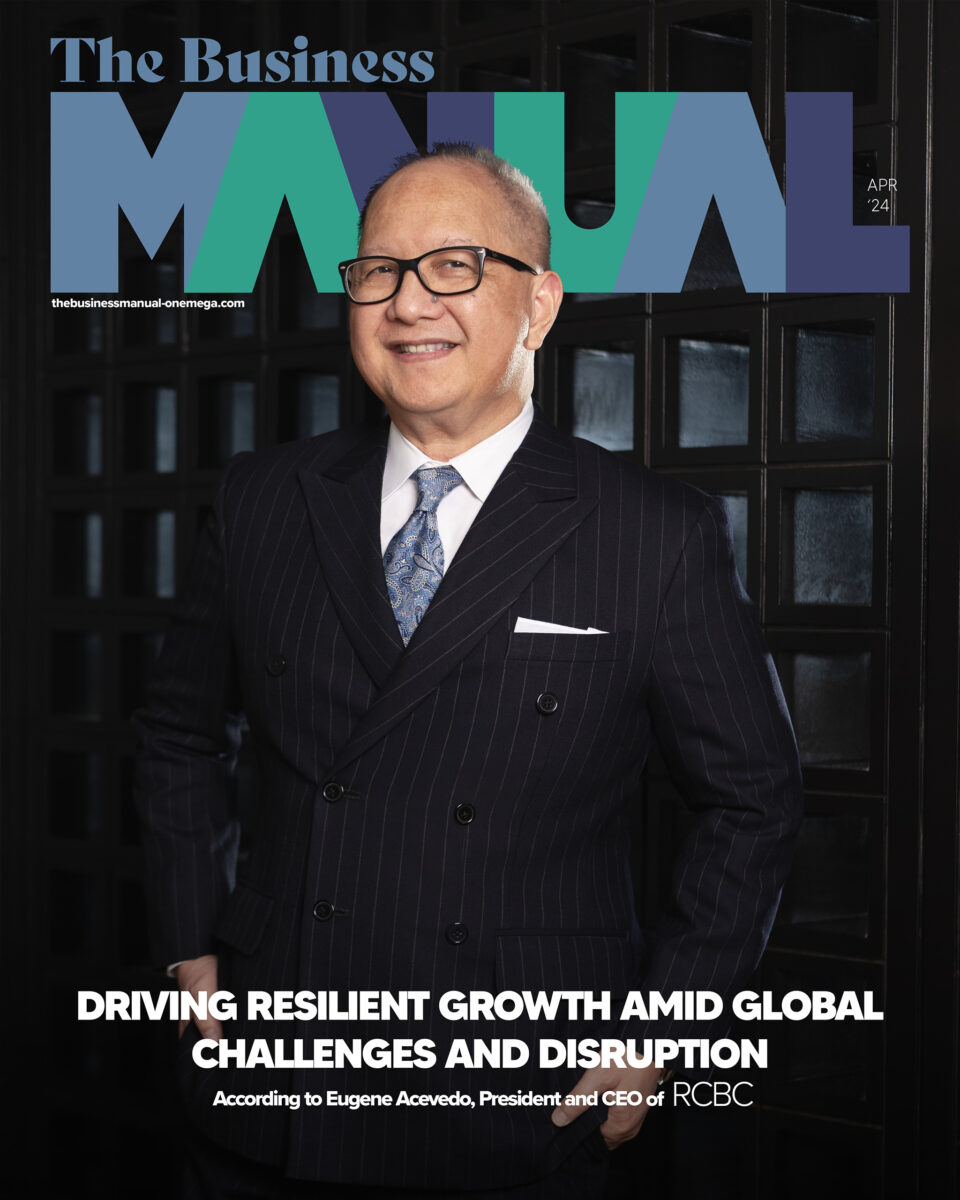[ASK TBM] What Should Entrepreneurs Know About E-Commerce in the Philippines?

We asked Macy Castillo, owner of Enstack and e-commerce pioneer, about her insights on being an online entrepreneur.
The Philippines has about 73.91 million internet users, and 23% of them have an increased activity on online shopping and spending. About 52% of these online shoppers are in the 25-34 age range, showing how Millennials edge out Gen Z in terms of spending habits due to their increased spending power. There are also thousands of local merchants online, as the digital space has proven to be a great avenue for reaching customers. Clearly, the Philippines has an abundance of online businesses after e-commerce experienced massive growth during the pandemic. However, challenges remain in this booming market. In this installment of Ask TBM we answer the question “What should entrepreneurs know about e-commerce in the Philippines?”
When it comes to online entrepreneurship, few can boast of the experience of Macy Castillo. As a pioneer in e-commerce, she had significant contributions to the success of online shopping apps like Shopee and Zalora. As she launches Enstack, her own platform to help MSMEs, she also shares some insights about the e-commerce in the Philippines.
How would you describe e-commerce in the Philippines and how has it grown throughout the years?
Over the past decade, I’ve witnessed a remarkable transformation in the local e-commerce landscape. When we launched Zalora, the approach was primarily B2C. We sourced stock directly from brands or, in some cases, offered B2B services to major distributors and brands, allowing them to list their products on our platform. We managed the entire process from start to finish, including purchasing, website management, inventory and warehousing, fulfillment, payments, logistics, and customer service. And we were fully responsible for all aspects.
However, a significant shift occurred with the rise of online marketplaces. In 2015, we introduced Shopee, which provided a platform for smaller, more long-tail sellers to go online. These sellers could leverage Shopee’s 3rd-party partners for payment and logistics while still having some control over their stocks and store management. However, they were subject to the rules and fees of the marketplace.
The dynamics of online selling further evolved during the pandemic. Entrepreneurs, both established and new, began to explore more direct sales channels to reach their customers. This involved leveraging social media, chat platforms, and even creating their own websites. This shift represented a new level of sophistication among merchants in their understanding of online selling. They wanted greater control over their businesses and direct interaction with their customers. Traditional marketplaces, which are less flexible, struggled to provide this level of control and direct engagement. This evolving landscape signifies the ongoing transformation in the local e-commerce scene.
What are the biggest challenges that Filipino SMEs face?
One of the big issues is that many aren’t able to maximize opportunities to sell their products through various channels, both online and offline, nor available digital tools to streamline business operations, which hampers their growth and competitiveness.
This is also compounded by high transaction fees for Person-to-Merchant (P2M) payments, pushing several entrepreneurs to resort to less scalable Person-to-Person (P2P) payment methods.
The process of getting a business up and running here in the Philippines is another hurdle. On average, it takes over a month, which is significantly longer than in neighboring countries. This extended duration is partially due to the complexities of setting up merchant payment accounts and dealing with paperwork. These administrative hurdles can impede their digitization journey, impacting their customer reach and revenue potential.
In addition, a considerable number of SMEs still grapple with manual, labor-intensive methods to match and reconcile payments with orders. This results in operational inefficiencies and errors in cash and inventory management, compounded by limited available resources to fix these issues
You played a big role in shaping e-commerce in the Philippines. What can you say is your secret in making that happen?
- Vision – It’s about recognizing the immense potential in these markets. Filipinos are naturally entrepreneurial, and with a little support, they can thrive as successful entrepreneurs. I’ve watched small-scale out-of-the-garage businesses grow into full-fledged warehouses, which is pretty amazing.
- Flexibility, adaptability, and patience, especially in emerging markets – New industries always require some time to adjust, more so in change-averse countries like the Philippines. Being able to adjust to the unique demands of users and providing practical solutions to their challenges is key – putting the sellers’ needs first has been a guiding principle.
- Understanding the uniqueness of the market – The Philippines is a market with its unique cultural and infrastructural nuances, so comprehending these intricacies and designing solutions that address these specific challenges is essential.
- Building strong relationships with partners, embracing continuous innovation, and staying ahead of market trends have also been significant contributors to our success. It’s an ever-evolving journey, but it’s incredibly rewarding to be a part of this creative problem-solving process.
____________________________________________________________________________
Macy Castillo has previously worked with shopping platforms like Shopee and Zalora, contributing to the explosive growth of e-commerce in the Philippines. Today, she is the owner of Enstack, an all-in-one online store builder and business management app that offers comprehensive end-to-end commerce solutions for Small and Medium Enterprises (SMEs).



